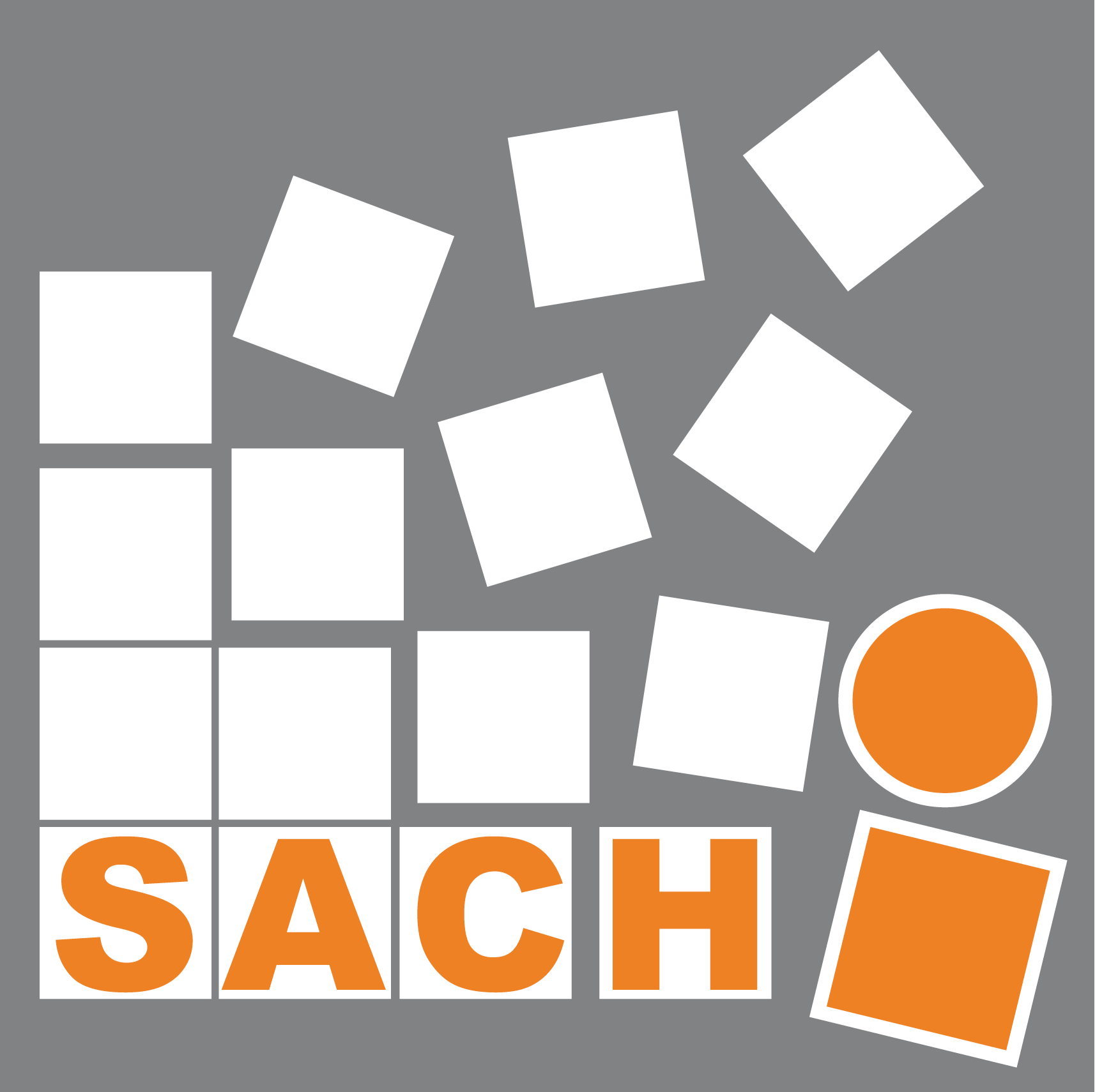Dr Apu Kapadia is a Distinguished SICSA Visitor in August 2012. As part of his visit we are organising a pair of masterclasses in running mobile user studies. These masterclasses are open to all SICSA PhD students. Students will be need to be available to attend both masterclasses:
- Thursday 2 August, University of Glasgow
- Thursday 9 August, University of St Andrews
The classes will cover how to design and run a mobile user study using smartphones, and in particularly cover the use of the experience sampling method (ESM), a currently popular methodology for collecting rich data from real-world participants. In the first class, attendees will learn about the methodology and be given a smartphone. Attendees will then carry the smartphone and participate in a small study, and we will cover data analysis in the second class in St Andrews. The organisers have experience in running ESM studies which have looked at mobility, social networking, security and privacy, but the methodology should be of interest to PhD students in both the NGI and MMI themes.
If you have any questions or would like to attend, please e-mail Tristan Henderson (tnhh@st-andrews.ac.uk) before the 16th of July.
Biography of Dr Apu Kapadia:
Apu Kapadia is an Assistant Professor of Computer Science and Informatics at the School of Informatics and Computing, Indiana University. He received his Ph.D. in Computer Science from the University of Illinois at Urbana-Champaign in October 2005.
Dr Kapadia has published over thirty peer-reviewed conference papers and journal articles focused on privacy, with several of these at top-tier venues such as ACM TISSEC, IEEE TDSC, PMC, CCS, NDSS, Pervasive, and SOUPS. For his work on accountable anonymity, two of his papers were named as “Runners-up for PET Award 2009: Outstanding Research in Privacy Enhancing Technologies”, a prestigious award in the privacy community. His work on usable metaphors for controlling privacy was given the “Honorable Mention Award (Runner-up for Best Paper)” at Pervasive. Dr Kapadia’s recent work on smartphone “sensory” malware that make use of onboard sensors was published at NDSS and received widespread media coverage. His work on analyzing privacy leaks on Twitter also received media attention naming his work as one of the “7 Must-Read Twitter Studies from 2011”, and one of “The 10 Most Interesting Social Media Studies of 2011”.
Dr Kapadia is interested in topics related to systems’ security and privacy. He is particularly interested in security and privacy issues related to mobile sensing, privacy-enhancing technologies to facilitate anonymous access to services with some degree of accountability, usable mechanisms to improve security and privacy, and security in decentralized and mobile environments.


 This week three members of SACHI,
This week three members of SACHI, 


